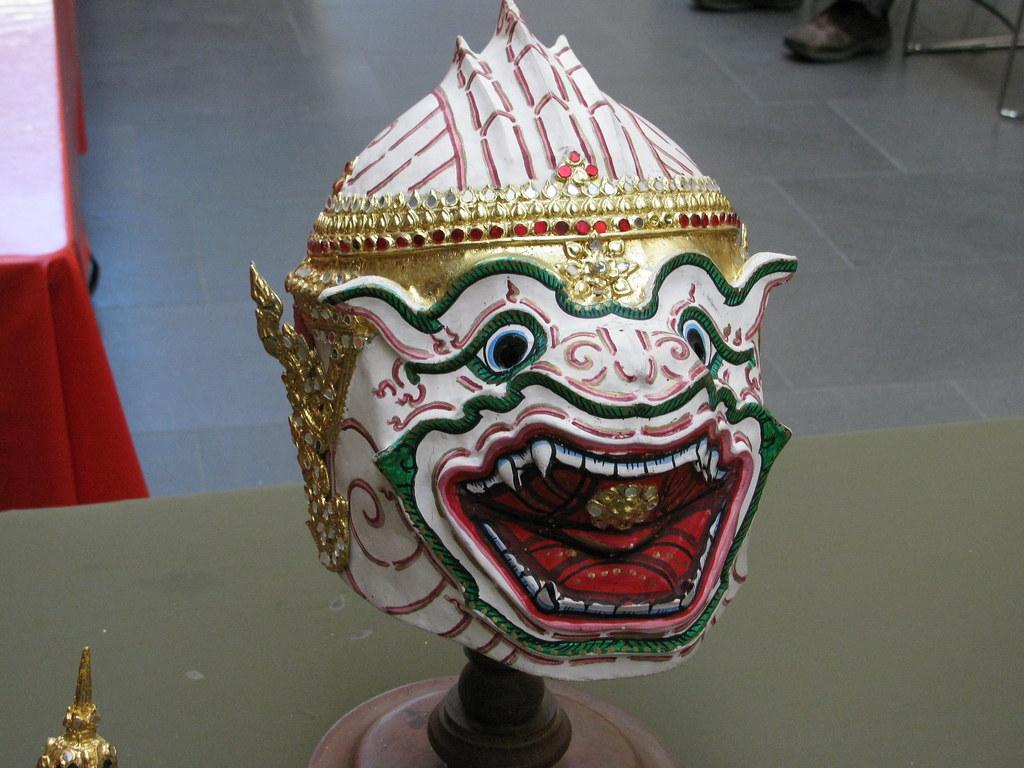Art consignment is not so common, so it is not surprising that people still consider it to be a mystery. If you are considering it, then it’s important to know all you can about it.
In this article, we will be discussing Asian art consignment and things you need to know about it. Knowing the things we would discuss here will help you better understand art consignment and whether it is something you want to do or not.
What is Art Consignment
Art consignment means when an artwork is delivered to a consignee (a special type of vendor) by the consignor (the person that owns the artwork). This is done with the intention of selling off the asset eventually.
Simply put, you (the consignor) lend your piece to a vendor (consignee) so they can sell it at some point. All the while the asset is with the consignee, you do not have to be bothered about it.
Normally, the consignee would give you a list of potential buyers. You would also be offered a better distribution system and publicity that you typically can’t achieve on your own.
While this may look pretty straightforward, this isn’t usually the case. Sometimes, the vendor may get greedy and this may spell trouble. This is why you need to invest time to ensure you get a good and reliable vendor. Also, take note that as the owner of the asset, you won’t make any money until your work is sold.
Why Consign Artworks?
Originally, art consigning was done to help people who weren’t experts when it comes to art. These people typically merely inherited the piece or are estate executors. They normally didn’t want to nor had the knowledge and time to handle the asset and would instead send it to people they know could sell it off.
With time, this became an option for people looking to sell off pieces of art and didn’t want to get involved with art dealers or auction houses. Visit https://www.careerigniter.com/ to learn what art dealers do. More often than not, this option is often a great choice, especially for people trying to liquidate their assets as soon as possible.
Art Consignment Major Issues
Consigning your artwork is a great way to liquidate the asset when done right. However, things might go wrong sometimes and this may be because of the following reasons:
1. Being Unable to Sell
If the piece consigned doesn’t get bought, you won’t make any money off it. Hence, you need to be sure that your asset would sell within some period. If you aren’t sure of this, then working with a dealer or auction house may be a better choice.
You can consign the piece to a gallery or auction house, typically the choice is yours. It also doesn’t matter who you give the asset to, they are usually not under any pressure at all to sell it. This is because they haven’t invested any money in it, so finding potential buyers for it may not be top on their list.
2. The Salability May Reduce
If a buyer isn’t found, the piece may remain with the consignee for months, even years. All through this period, you just won’t be making money, but the piece’s salability may reduce. This is because the piece would typically be exposed all through the period it stays with the consignee.
This may make the piece unsalable and unfortunately, you would find yourself in the exact situation you were trying to avoid by consigning it.
3. The Piece Can Get Damaged or Lost
Your asset can get missing, destroyed, or damaged when it’s under consignment. Most times, vendors state that they do not take insurance responsibility in their consignment agreement. If this happens, you would find yourself at a loss.
Tips to Remember
Keep the following tips in mind if you choose to consign your Asian art:
- Collectible arts are more converted and would have potential buyers queuing in no time. You can read this to learn more about collectibles.
- Ensure the consignee (auction house or gallery) you choose has experience in selling arts similar to or relating to yours.
- Always insist on getting a timeframe.
- Ensure the piece’s offered price is fair.
Conclusion
Consigning your Asian art is a great method of liquidating the asset. However, some problems may be encountered during the process. Two main problems are that the asset may not be sold and then its salability may reduce. To prevent these and other related problems, you need to be sure of the art’s salability and that the consignee you choose is reliable and experienced in the business.















.jpg)



.jpg)




0 Comments